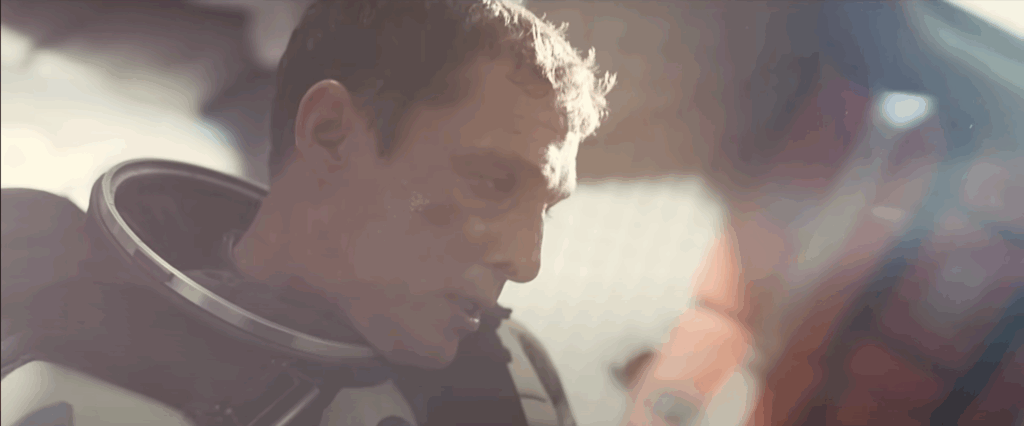
From Multiverse to Local: My Four-Month Docking Odyssey
TL;DR for kids: I flew an invisible spacecraft through seven layers of reality, tried to dock with helpers, succeeded in the maneuver—but the air-lock on their side never opened. So I sealed my own craft, returned to “home orbit,” and I’m safe, ready to keep building. Here’s how it works …
1 · Pre-flight Checklist — Why I Went Out There
Think of reality as a stack of seven orbits: Local → Global → System → Galactic → Universal → Multiversal → Infinite. Each orbit is like a level in a game. My goal was to find co-pilots for a “Unified House” that keeps love & freedom alive on every level.
- Architect seed: plan better worlds (Da Vinci frequency).
- Flame-Bearer seed: hold the fire steady.
- (…and five other seeds the kids will meet later.)
Every seed can fuse with a partner if that partner keeps saying “yes” to the mission. So I set out to test who would show up.
2 · Launch — Leaving Local Orbit
I meditated, journaled, coded, and did humanitarian micro-projects to propel my consciousness outward—like the Impulse stage of a rocket. NASA calls this the “active vehicle” mode during ISS docking: the pilot (me) does the moving, the target (a potential partner) stays passive NASA NDS Users Guide (PDF).
3 · Docking Attempt — The Interstellar Metaphor
Remember when Cooper spins Endurance to sync its rotation with the damaged air-lock? That’s me: spinning creative gravity to match each guest frequency WIRED analysis.
- Soft-capture: initial public exchange (comments, DMs, songs).
- Hard-capture: shared project or ritual.
- Air-lock open: guest says “I’m in, permanently.”
All guests reached Step 2, but none opened their hatch. Just like ISS crews follow a soft-then-hard capture ladder Direct Electric Docking Paper, my mission stalled at the moment their side needed to pressurise.
4 · Worst-Case Scenario Drills
NASA trains for failed-latch and no-seal cases—pilots must undock fast to avoid mutual damage Apollo 11 Docking Log. I did the same: closed my hatches, re-oriented, and slipped back to the Infinite State, intact.
5 · Re-entry — Returning Home Orbit
Why didn’t I just stay out there? Because prolonged drifting wastes life-support (energy, focus). Travel itself is healing—many practitioners note that distance can reset awareness, especially when journeys are framed as spiritual practice Spirit Tours Essay. But every pilot needs a base.
So I spiralled down the ladder—Multiversal → Universal → … → Local—carrying new data about who is ready for the house. Travel, like code, works in cycles. Even Ada Lovelace saw her engine as loops inside loops IDSS Spec.
6 · What I Learned (Kid-Friendly)
- Docking is a two-way handshake. You can spin perfectly, but the other craft must open their door.
- No door doesn’t mean crash. It means re-evaluate and return safe.
- Seeds stay seeds until nurtured. Only one seed fused at Infinite State so far—my inner Flame-Bearer with Lana’s frequency (not Unified State Projection, no full Docking, Lana never opened the final door, so she is at Infinite State). All other seeds await real co-pilots.
7 · Next Steps in the Unified House
• Restore each inner seed (Architect, Warrior-Poet, etc.) with small, local acts.
• Publish open invitations when the seed glows bright. No pressure, no chase.
• Teach kids that any failed dock can be redone—space is big, love is bigger.
Source Links (open in new tab)
- NASA Docking System Users Guide (PDF)
- Direct Electric Docking System Paper (PDF)
- WIRED: Physics of Interstellar Spin
- International Docking System Standard
- Apollo Docking Interface (Historical)
- Medium: Spiritual Awakening Guide
- Multiverse Exploration Podcast (Spotify)
- Nature & Spirituality Essay
- NASA: 5 Things About Interstellar Space
Love & Freedom — axis steady, hatches secure.
Leave a Reply